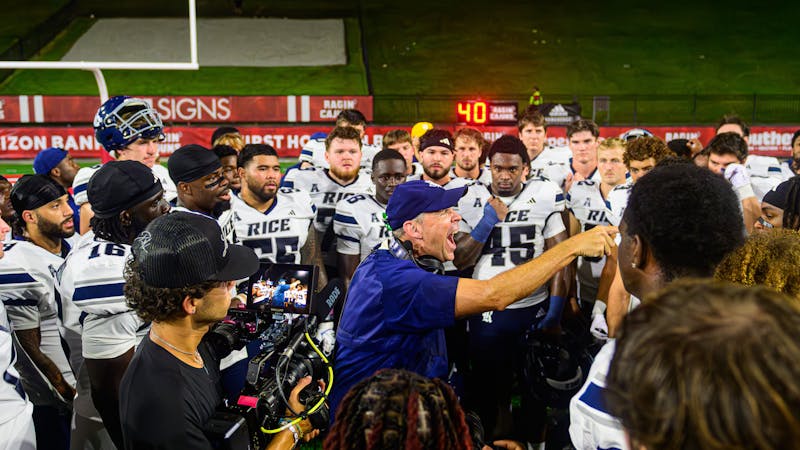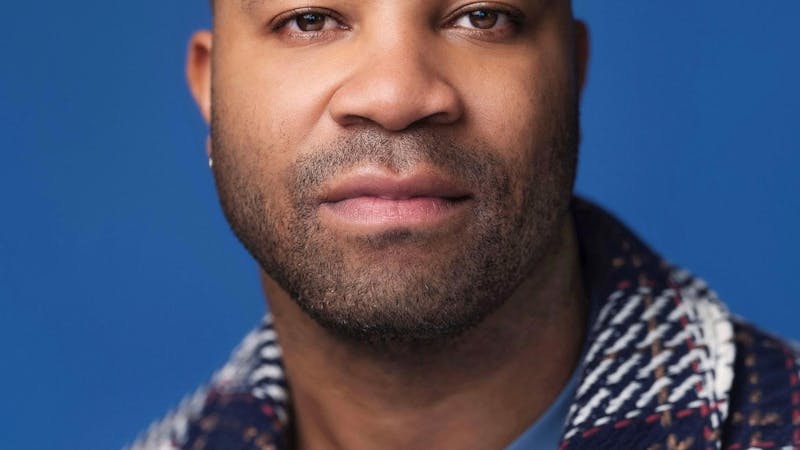Your skin will crawl in Almodovar film

With his latest film, The Skin I Live In, Spanish director Pedro Almodovar pulls off a nearly impossible feat by creating a work of art that simultaneously outrages, offends and, somehow, gratifies the viewer. A masterpiece of restraint, this film demonstrates a new direction for its director.
In The Skin I Live In, an altogether austere Almodovar practices extreme forbearance, in stark contrast with his usual flair for excess flaunted in past films such as Tie Me Up! Tie Me Down! and Volver. With an enthralling storyline and equally mesmerizing performances, The Skin I Live In successfully demonstrates Almodovar's departure from his usual cinematic formula.
The Skin I Live In stars Antonio Banderas (Women on the Verge of a Nervous Breakdown) as Robert Ledgard, a plastic surgeon intent on creating a stronger type of skin, following his wife's death as a result of horrific burns sustained during a car accident. Robert carries out his experimental skin procedures on Vera, a beautiful woman held captive in his gated mansion.
Played by Elena Anaya (Talk to Her), Vera represents the central thread of mystery in this interwoven fabric of complexity and contradiction. Questions in need of answers, like how Vera came to be Robert's patient, as he fondly calls her, propel the movie forward. As bits and pieces of the storyline begin to fall into place, and as questions find answers, the truth, not the mystery of the plot, proves most unsettling.
The movie begins with only three central characters: Robert, Vera and Robert's fiercely loyal housekeeper, Marilia (Marisa Paredes, All About My Mother). Soon, however, more characters are introduced in conjunction with the arrival of an increasingly complex back story for the three inhabitants of the mansion.
Filled with flashbacks, The Skin I Live In constantly moves back and forth from the present to the past, at an almost dizzying pace. Almodovar conducts a whirlwind plot with expert finesse, demonstrating his extraordinary skill as a storyteller.
Embracing a minimalist mantra and an astringent aesthetic, The Skin I Live In serves as a superb example of severe beauty. What Almodovar chooses to hide from the camera's lens proves just as significant and as startling as what he exposes. The sequences which the viewer does not see, those left to the imagination, grow far more frightening than any of the scenes of limited gore onscreen.
Despite its overall morbid tone, the individual performances in The Skin I Live In save the film from being one of overwhelming gloom. Paredes' Marilia, for example, adds a comedic touch, and even warmth, to the script.
Meanwhile, Banderas manages to evoke a tremendous amount of empathy and compassion from the viewer, despite his success at convincingly portraying a psychopathic doctor. There are reasons for his diabolical actions, and Banderas ensures that the audience never loses sight of this truth.
Categorizing The Skin I Live In becomes increasingly difficult the more one takes into consideration all of the varying genres, techniques and styles that the film incorporates. An eclectic mix of Hitchcock horror (specifically Vertigo) and Spanish melodrama, Almodovar plays with boundaries and tests the limits of classification. In fact, this questioning of traditional ideas could not be more pertinent to the overarching theme of the film. The Skin I Live In forces the viewer to reevaluate the most basic understandings of morals, gender and identity.
Rife with striking visuals and culminating in a jaw-dropping twist sure to leave any viewer reeling, this film stimulates the audience from start to finish. Indeed, by its conclusion The Skin I Live In proves itself as one of the most thought-provoking and utterly captivating films of the year.
More from The Rice Thresher

Over 1,000 students petition against new meal plan
When Konstantin Savvon opened the Housing and Dining email announcing the new unlimited meal plan, he was instantly concerned about the impact on off-campus students like himself.

Rice football wins season opener under new coach
For the first time since 2018, Rice football opened its season with a victory. Scott Abell was soaked with yellow Powerade following a 14-12 win on the road Saturday against the University of Louisiana at Lafayette, which won 10 games and made it to the Sun Belt Conference championship last season.

Acting like an athlete: Rice basketball alum takes on Broadway
Underneath Chadd Alexander’s Broadway costume, there’s ankle tape and wrist braces — same protective gear he wore as a walk-on basketball player at Rice, though now he’s performing eight shows a week in the ensemble of “Harry Potter and the Cursed Child” instead of running conditioning drills in Tudor Fieldhouse.

Please note All comments are eligible for publication by The Rice Thresher.